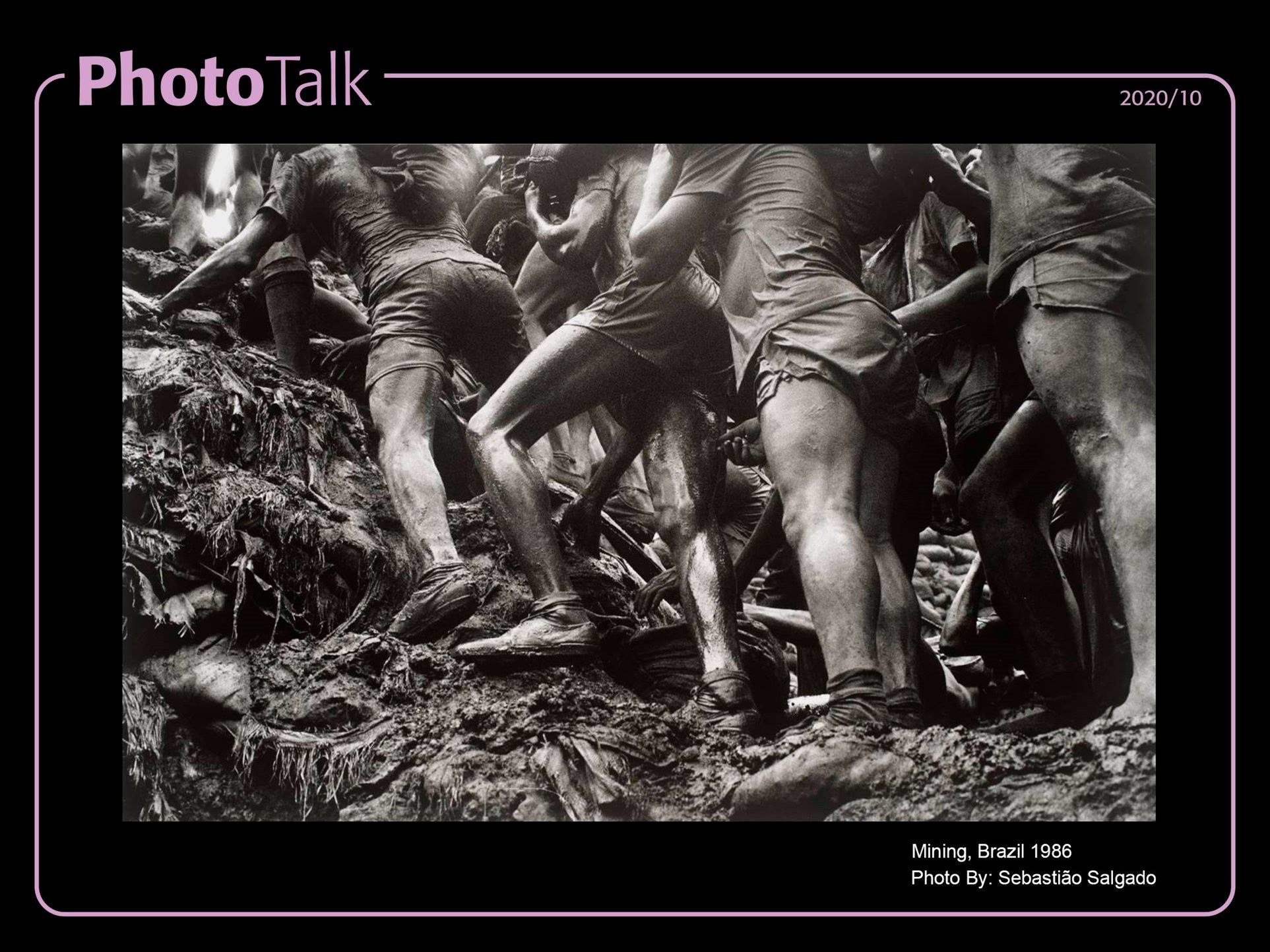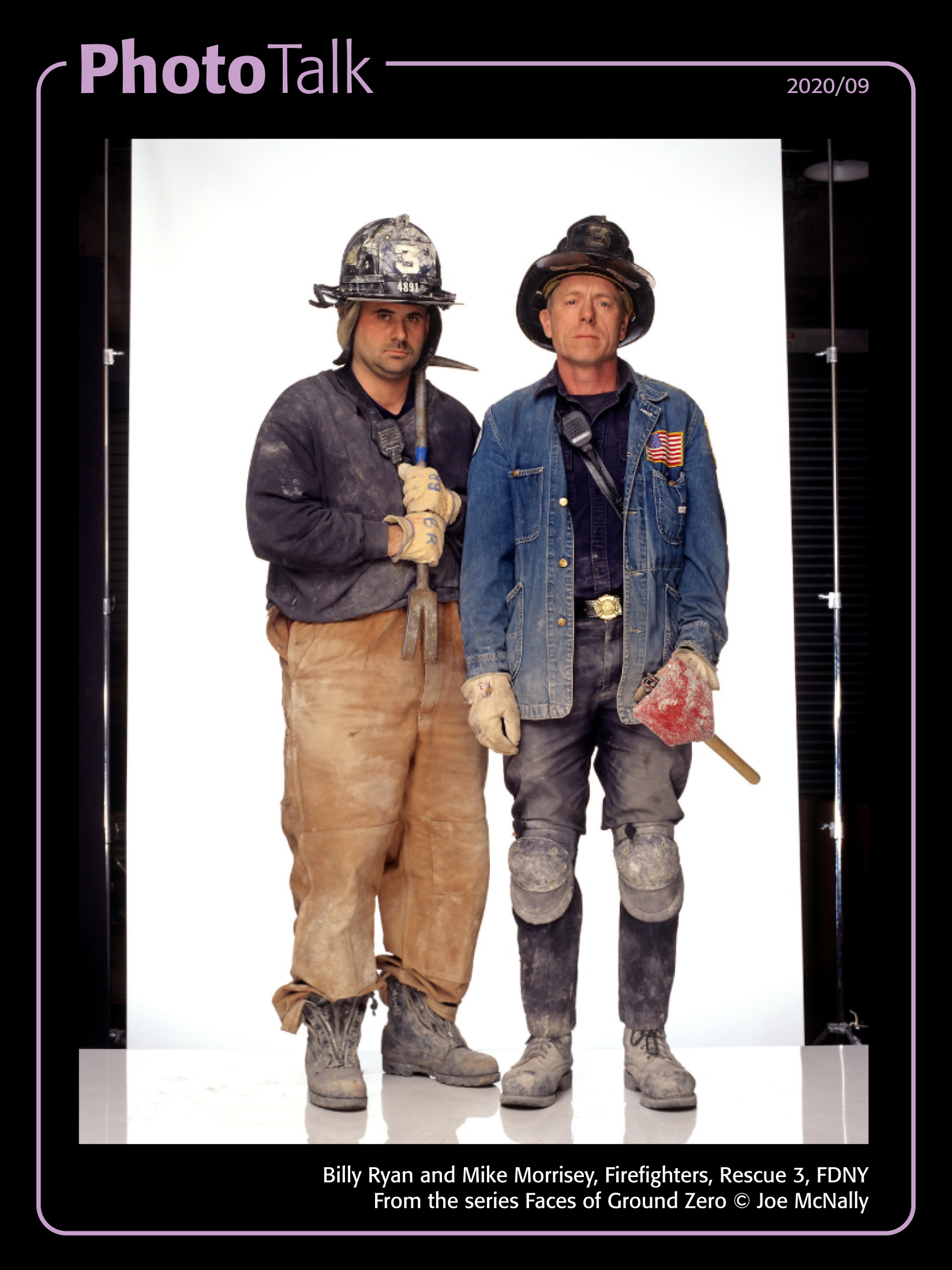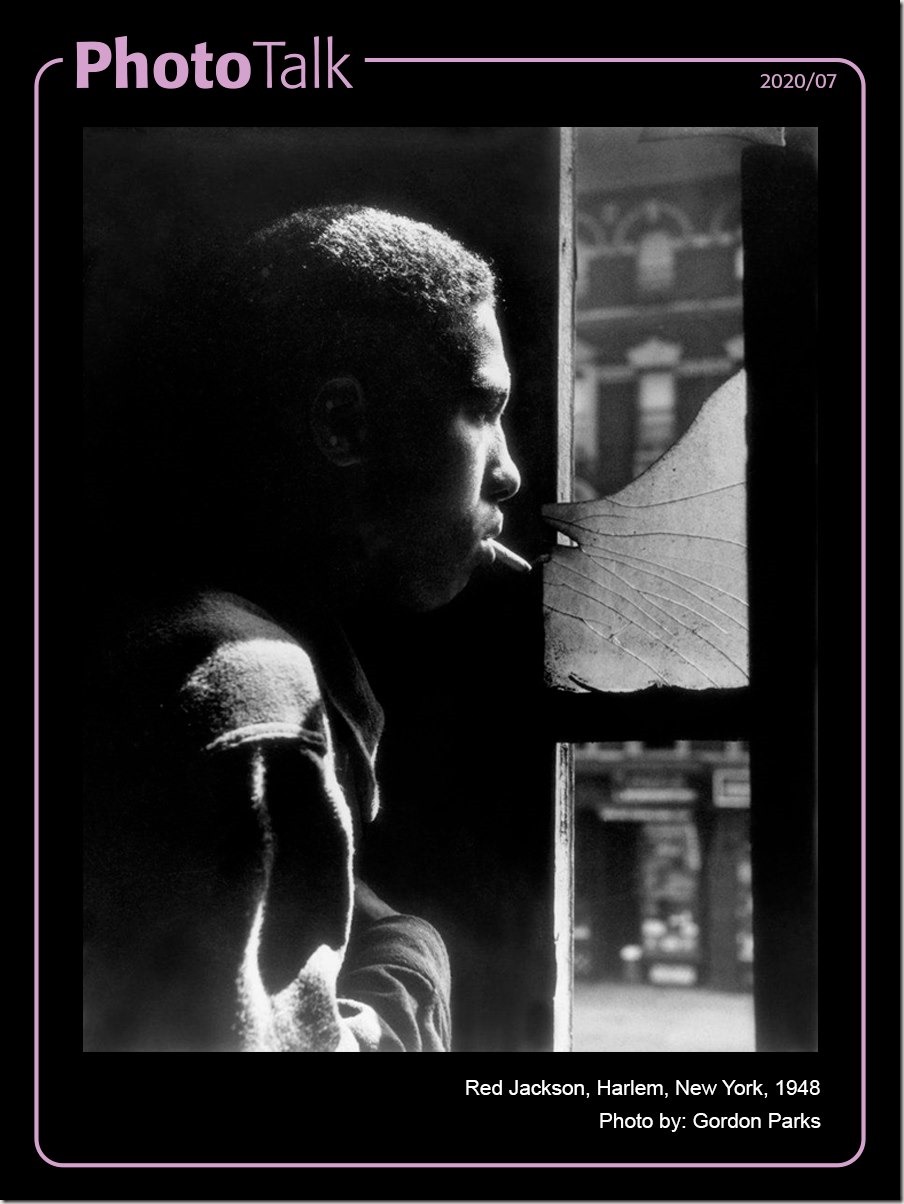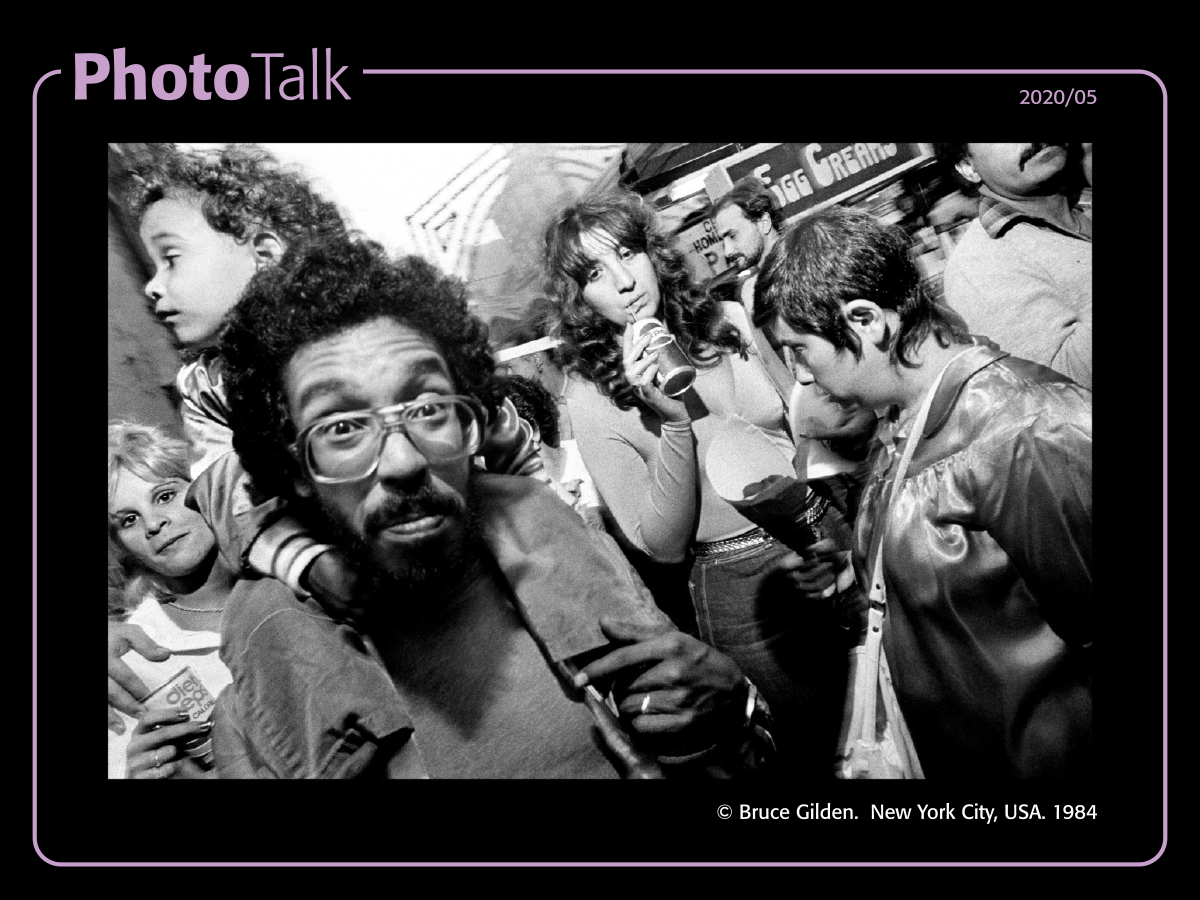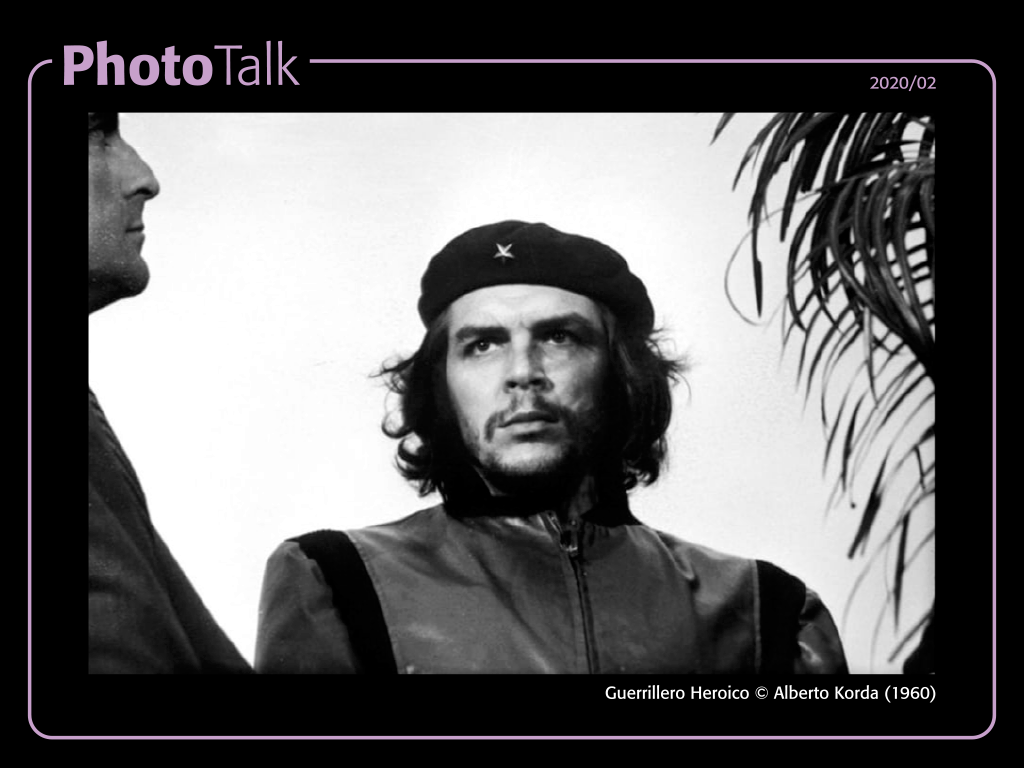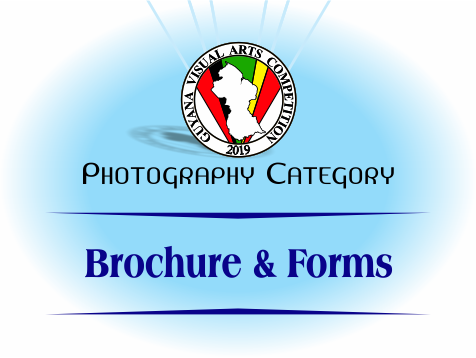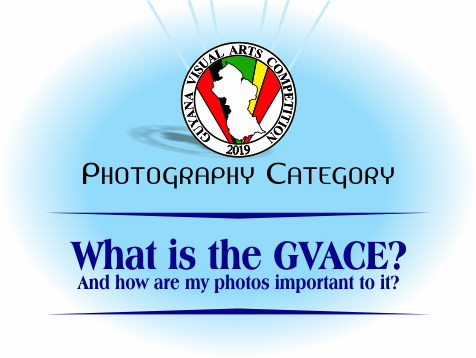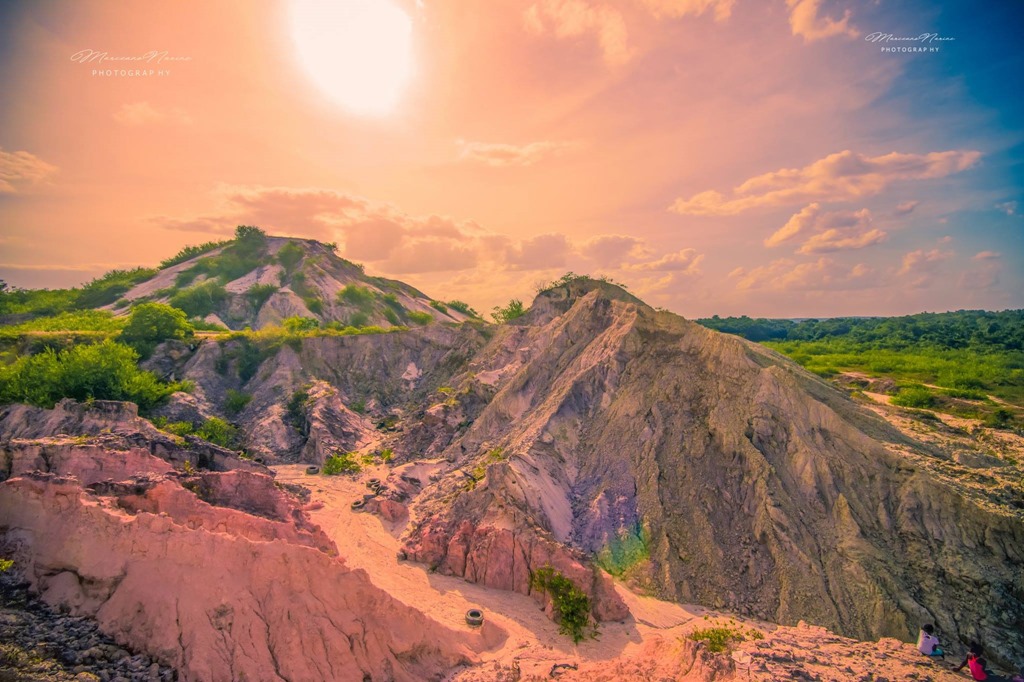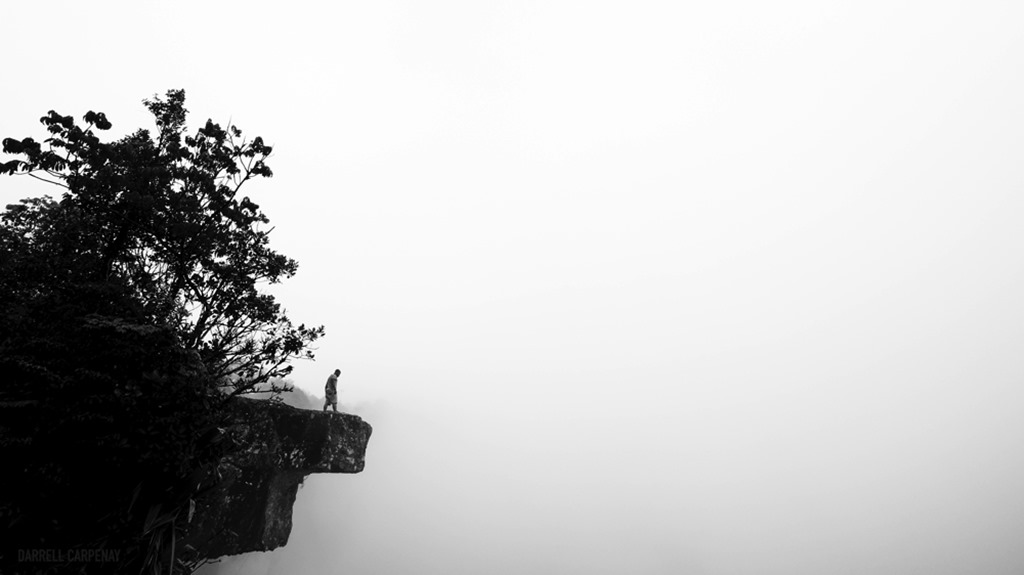PhotoTalk 2020/10
I think any photographer who happens across Sebastião Salgado’s work could agree that it leaves a lasting impression. His journey as a photographer is very interesting, and certainly one I would recommend any photographer to familiarise themselves with.
For a brief biography along with some of his photographs:
https://www.icp.org/browse/archive/constituents/sebasti%C3%A3o-salgado?all/all/all/all/0..
What is extraordinary and striking about Salgado’s work, for me, is the dedication, and level of immersion that he devotes to his projects – sometimes spanning years in extreme locations to capture remarkable photos in his distinct monochrome style.
He is described as a social documentary photographer, and photojournalist, but there is a level of artistry that he has achieved that sets him apart from the rest.
In his TED Talk, which can be found on YouTube, Salgado reveals quite a lot – about his life and photography, including the process, and its effects. He also gives insight into the purpose of his work and what he has been able to achieve – it’s truly inspiring.
I’ve attached one of Salgado’s most famous images for discussion – Mining, Brazil.
The photo was taken in 1986 at the Serra Pelada gold mine in Brazil where Salgado spent weeks observing and taking photos. I do not believe one can truly grasp the scope of his work from one image, so you may want to check out other images from this series, and others.
What are your first impressions? How does the work of Sebastião Salgado and other photographers inspire you? Do you see photography as art, or a medium for recording, journaling, and reporting, or both? Why is photography important to you?
The following links will give some insight into the life and work of Sebastião Salgado:
TED: The Silent Drama of Photography – Sebastião Salgado
(https://www.youtube.com/watch?v=qH4GAXXH29s&t=841s)
Haunting black and white images of the Brazilian gold rush by Sebastião Salgado (https://www.independent.co.uk/arts-entertainment/photography/haunting-black-white-photos-brazil-gold-sebastiao-salgado-a9110031.html)
6 Ways the Life and Photos of Sebastião Salgado Will Stun You
(https://learn.zoner.com/6-ways-the-life-and-photos-of-sebastiao-salgado-will-stun-you/)
Thanks for joining in,
Darrell Carpenay.
The original was posted to the Guyana Photographers’ Facebook Group on April 17th, 2020. For the original comments and discussions, please check that post.

